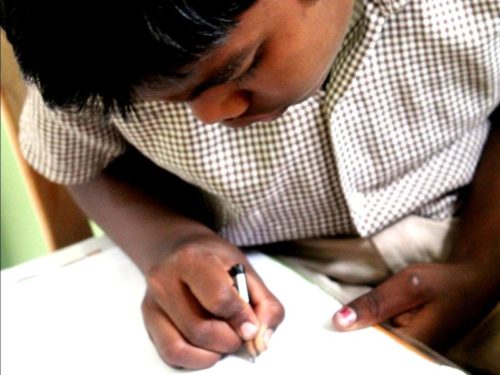What is the state of migrant women and children during COVID-19?

While many of us in the cities are grappling with our privileged obstacles, several migrants stuck in different cities are walking back home or are staying to get their salary that is due for over three months as they battle to get one meal a day. This is the reality of India today.
According to the Indian Census, 30 percent of India’s population are migrants who travel within the country. All the migrants are either below the poverty line or are in poverty. During this pandemic, they have been pushed into extreme poverty as a result of many problems. In this situation, the most affected are children and women. According to a study conducted by UNICEF and Save the Children reports that the number of children living in poor households across low and middle-income countries could increase by 86 million to reach 672 million by the end of 2020 due to the economic fallout of the coronavirus pandemic. This means that children who are attending school may drop-out due to poverty. They will face various other issues like lack of access to health care, education and nutrition. Children of migrants are also at a higher risk of being sexually abused due to them living in groups and in temporary shelters during the lockdown.
In Punganur, Andhra Pradesh, where we work, 20 percent of its rural population working in the cities as daily labourers, small scale business owners and those from the informal sector have returned back to their villages. This has led to the increase in the number of women and children being abused.
The National Commission for Women reports that during the national lockdown there has been a 50 percent rise in domestic violence cases. 32 percent of the cases are due to abuse from husband and relatives. Victims of domestic violence are at-risk of acquiring chronic disease, depression, post-traumatic stress disorder and substance abuse. Crime rates against children have also increased during this lockdown. According to the Government helpline for children, they have received 92,000 calls on child abuse and violence in just 11 days. What should be a place of protection and safety is an extended captivity not just for many women but also for children trapped in the house of their abusers.
In response to this situation, our team is spreading awareness among the beneficiaries through calls and WhatsApp groups. We are also actively partnering with like-minded organisations to develop strategies in protecting children and women from violence in a time of crisis. We are committed to implementing a robust mechanism of prevention as we work towards developing a network system with the State and Civil society.